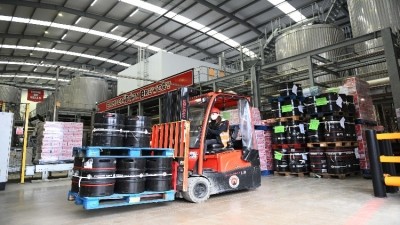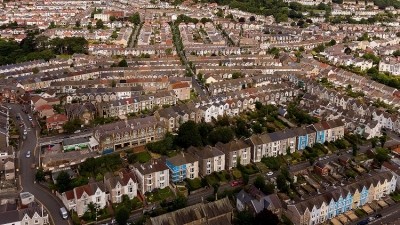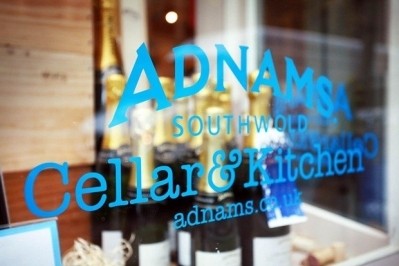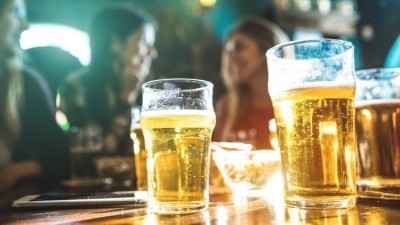107 Covid 'outbreaks' linked to pubs since last summer
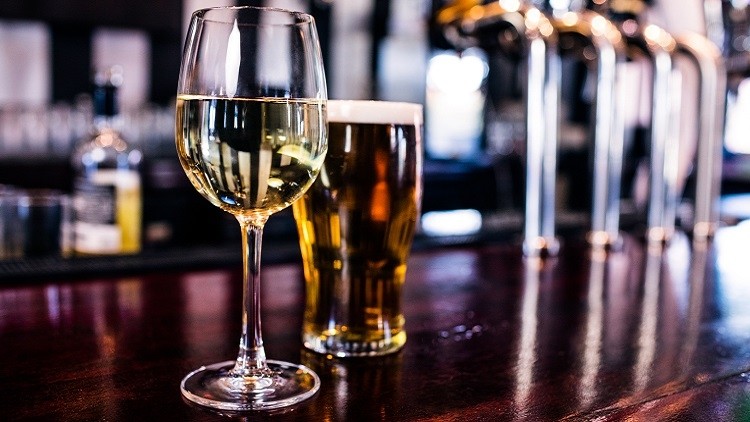
The paper prepared by the Environmental Modelling Group (EMG) Transmission Group examined the coronavirus transmission risk associated with hospitality.
Titled Insights on transmission of COVID-19 with a focus on the hospitality, retail and leisure sector, the report was used in meetings held by the Scientific Advisory Group for Emergencies (SAGE) in April 2021.
Scientists pressed there were many caveats to the report as the sector was “closely linked to other activities and occupations,” such as delivery, food production and transport.
What is an 'outbreak'?
The report defines a coronavirus outbreak as:
"Two or more test-confirmed cases of Covid-19 among individuals associated with a specific non-residential setting with illness onset dates within 14 days."
What's more, there must have been either: "Identified direct exposure between at least two of the test-confirmed cases in that setting (for example under one metre face to face, or spending more than 15 minutes within two metres) during the infectious period of one of the cases."
Or
"When there is no sustained local community transmission - absence of an alternative source of infection outside the setting for the initially identified cases."
The paper looked at outbreaks in hospitality and leisure from 29 June 2020 until 14 February 2021, a period in which pubs were closed for several months.
An outbreak was defined as two or more individuals testing positive for the virus with either an identified direct exposure in a setting, such as spending time in close contact, or an absence of “sustained local community transmission.”
There were a total of 107 outbreaks in pub settings, representing 16% of outbreaks across the hospitality and leisure sectors.
Restaurants experienced 119 associated outbreaks, at 18% of the overall total.
Two or more cases
The majority of these outbreaks came during the period prior to the Government’s regional lockdown system which saw many pubs forced to close in autumn 2020.
For the period 29 June 2020 to 11 October 2020, there were 78 outbreaks linked to pubs and 17 to bars.
For bar settings, just 20 outbreaks were recorded over the whole period, making up 3% of outbreaks in hospitality and leisure settings.
Across food and restaurant settings, there were 343 outbreaks, representing 53% of outbreaks associated with hospitality and leisure settings.
Four studies were used, conducted in late August 2020, late September 2020, late October and early December 2020, using data from NHS Test and Trace contact-tracers.
Although pubs represented the second largest percentage of outbreaks linked to one setting, trade bosses said the report proved hospitality was a safe space for customers and staff.
UKHospitality boss Kate Nicholls said current data pointed to the next stage of reopening being possible and said the report confirmed "hospitality is safe."
Key takeaway - hospitality is safe, confirmed by SAGE. Given last week's reports showing high immunity levels, very low prevalence levels and strong vaccine efficacy against transmission, Ministers should have the confidence to press ahead with reopening & remove restrictions https://t.co/YYprhsvJLt
— Kate Nicholls (@UKHospKate) May 4, 2021
Night time economy adviser for Greater Manchester Sacha Lord said the report from Government scientists was proof hospitality should have opened at the same time as non-essential shops.
The operator suffered a defeat at the High Court after it ruled in favour of the Government’s dates for indoor hospitality’s reopening.
Alongside former pub boss Hugh Osmond, Lord has argued the SAGE paper was a “crucial” piece of evidence that should have been considered in the challenge.
The duo are among trade voices to question the Government's evidence base for imposing stringent restrictions on hospitality.
Greater mixing
The report said hospitality venues being open led to “greater mixing and mobility” across the population.
It was concluded that the hospitality, compared to leisure and retail, “seems to be associated with greater risk of transmission.”
In a case-control study which looked at the risks associated with particular activities, scientists concluded that “eating out in any food outlet or restaurant was not associated with increased odds” of catching the virus.
However, it added that when the data was analysed on a “more granular level” there was evidence that eating out was associated with increased odds in some studies.
What’s more, the report stated hospitality staff were seen to be at “significantly higher risk of infection than customers.
“Close contact service staff, in particular those working in restaurants, bars, and pubs, had the highest risk observed,” scientists said.
However, scientists highlighted that the fraction of all cases in the relevant population associated with transmission across different sectors were “relatively low.”
“Thus, transmission happens in more than one setting and activity,” the report stated.
